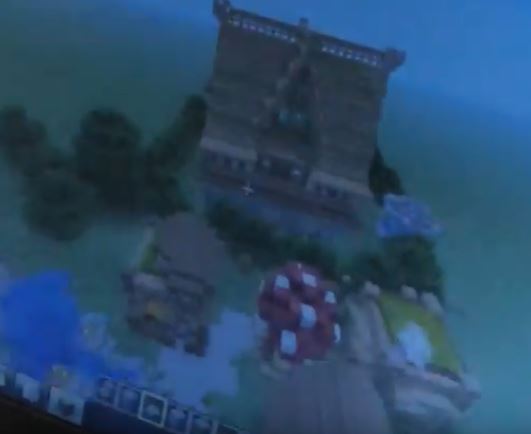Submitted by: Genevieve Dowdy
Collaborators: Alice Ann Ellis and Lorie Lopez
School: Henrico High School
Summary
Students read the story “Seedfolks” by Paul Fleischman, to understand the way cultural stereotypes can be destructive to communities, and to examine the way individuals can empower themselves to create new communal identities through creative action. After a group discussion that explored the students’ reactions to the scenarios in the story, each student requested a contemporary, American cultural identity explored in the story to explore in-depth. Students utilized multiple online resources to examine questions they developed around the themes of marginalized identities and stereotypes in communities and cultural heritages that influenced identities within their chosen culture. Students interviewed individuals in the school and surrounding community willing to discuss their own experience as part of that cultural identity, and worked together in groups, reading peer research to find similarities and differences between the cultural experiences and artistic inheritances of the cultures. Ultimately, they responded to each other’s research in groups by connecting identified cultural characteristics to possible translation into visual language in a piece of abstract artwork for each culture. Students shared these projects and explained the translations in critique to one another; they presented these small projects in a group show in our on campus gallery
TIPC Ratings
This lesson falls in the approaching level for information fluency. Librarians and teacher model search techniques and example searches to display indicators to use when looking for websites with reliable, academically-obtained information. Similar modeling was done in researching organizations, individuals and community resources. Based on teacher examples, students then formed their own groups, selecting their own research topics. As students perform research, the librarians and teacher act as “go-to” resources to answer questions and offer advice through the process. Students tended to ask several questions at the outset and began relying on each-others knowledge as the process went on. Students used advanced and boolean search methods and various tools of their own choice to obtain information.
This lesson falls in the approaching level for communication and collaboration. Students communicate their research findings visually and ideally with an accompanying narrative to their community in the classroom and on the campus of our school to generate a more in-depth understanding of sub-culture in our own communities. Work is completed in student-generated groups to critique and develop solutions on how to translate their research into visual form.
This lesson falls in the target level for critical thinking and problem solving. Students select from a variety for resources to research and publicly challenge the prejudice they find in perceptions of cultural and ethnic identities. During the research process, they develop new understandings and, as a result, form new questions regarding culturals problem that they are learning about. Each new understanding provides and opportunity for evaluation, analysis and questioning until the group comes to their own ultimate cause and effect scenario. In the end, students tend to have a more specific understanding of why these scenarios exist, but they have also developed questions that have broad connections, implications, and meaning accross many cultures
This lesson falls in the target level for creativity and innovation. Students ultimately work together to identify specific ways they can alleviate ignorance about the subculture they have researched in our local community today by means of visual language. Students create an authentic product using materials of their choosing whereby the actual materials used play a role in communicating their new understandings of their selected cultural identity. The product represents the historical, cultural heritage and values and brings to life that heritage as a part of the modern world. It gives life to the original art and thus validates the positive contributions while it rejects the negative associated with the cultural sterotypes.





